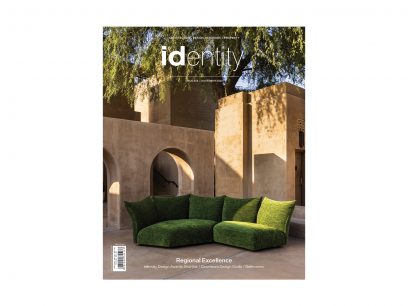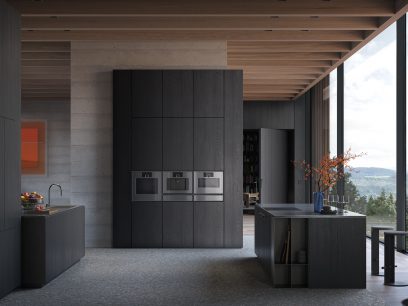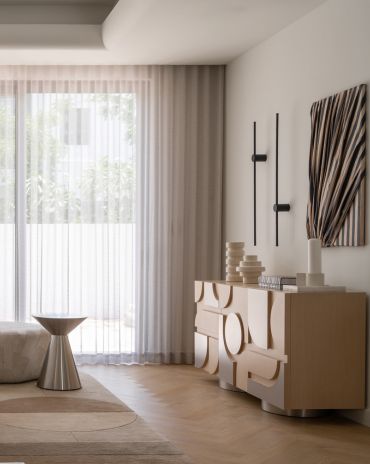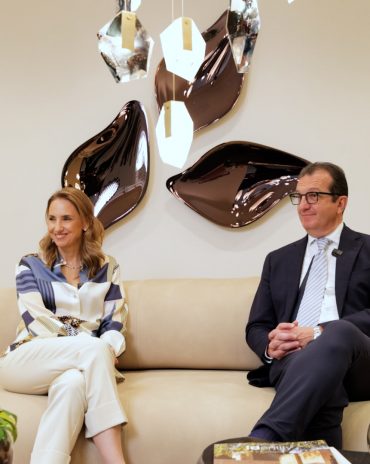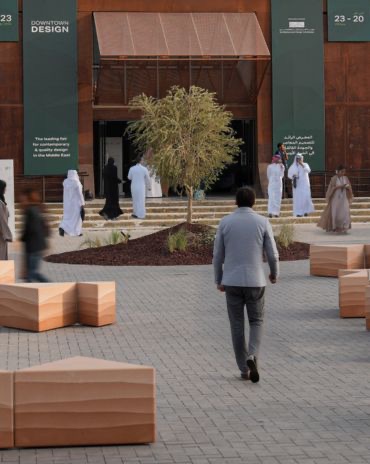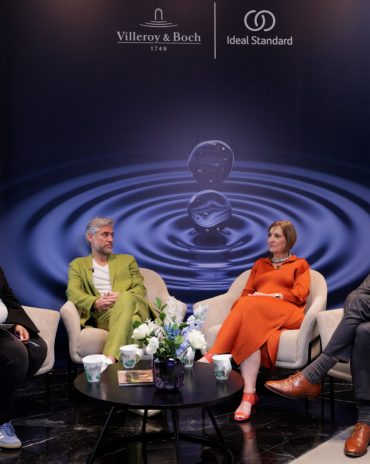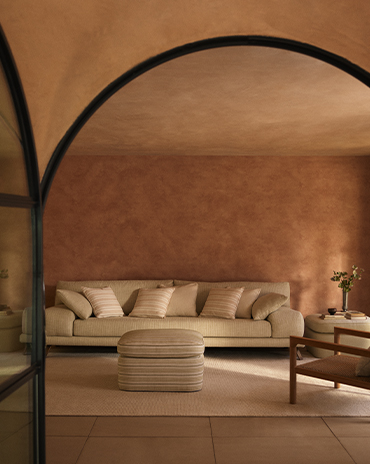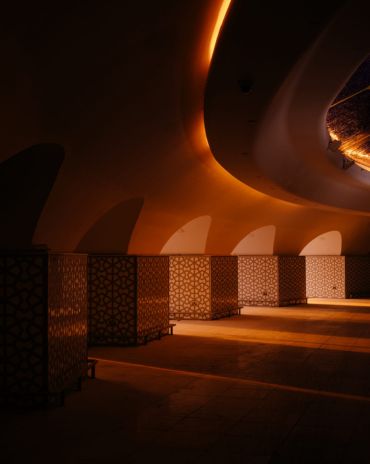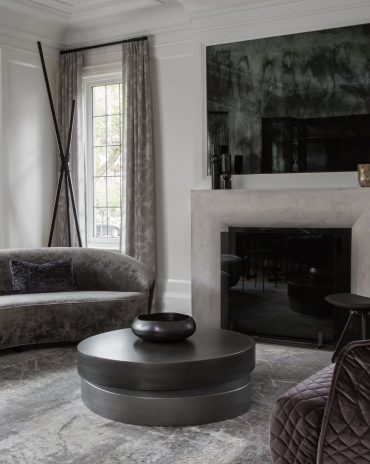Copyright © 2025 Motivate Media Group. All rights reserved.
Small Spaces, Big Impact
How intentional design, emotional storytelling and clever craftsmanship can quickly transform challenging spaces into points of interest
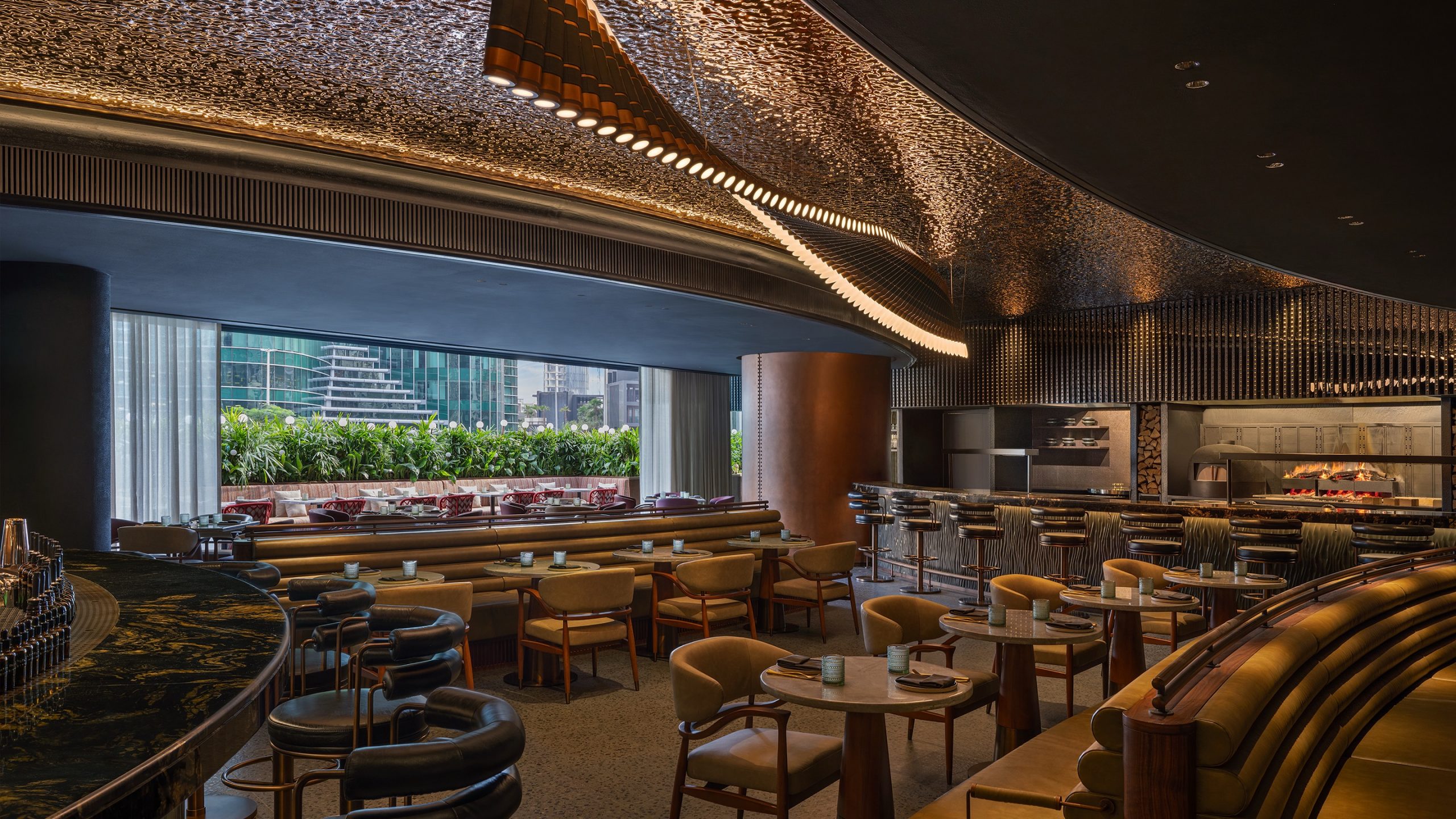
In today’s compact homes, every square metre counts. The challenge lies in maximising function without compromising the aesthetics of the space. What makes a compact interior not only liveable, but also luxurious, expressive and unforgettable? According to leading designers and architects, the answer lies not in scale, but in storytelling, innovation and intention.
For Yasmin Farahmandy, founder of Y Design Interior, a Dubai-based interior design studio, the approach should be about creating spaces that resonate emotionally, balancing functionality with a sense of wonder. “The most successful small spaces are those that spark joy, support daily life with ease, and feel emotionally resonant. They often blend clever spatial planning, atmospheric lighting, rich materiality and an element of surprise. When you step inside and forget the square meterage because the experience is so thoughtful and immersive – that’s the real magic,” she shares. Her firm’s work across private dining rooms in restaurants and bespoke apartments in Dubai layers lighting, materiality and spatial planning to create small environments that live large. An example is the newly opened Maison Dali Private Room. The space dazzles with a Fornasetti-inspired feature wall, and rows of surreal black-and-white faces draw guests into a dreamscape. A marble table anchors the space, while sculptural red chairs and theatrical florals build layers of drama. The intimacy of the room, paired with its bold visual language, creates an experience that is immersive.
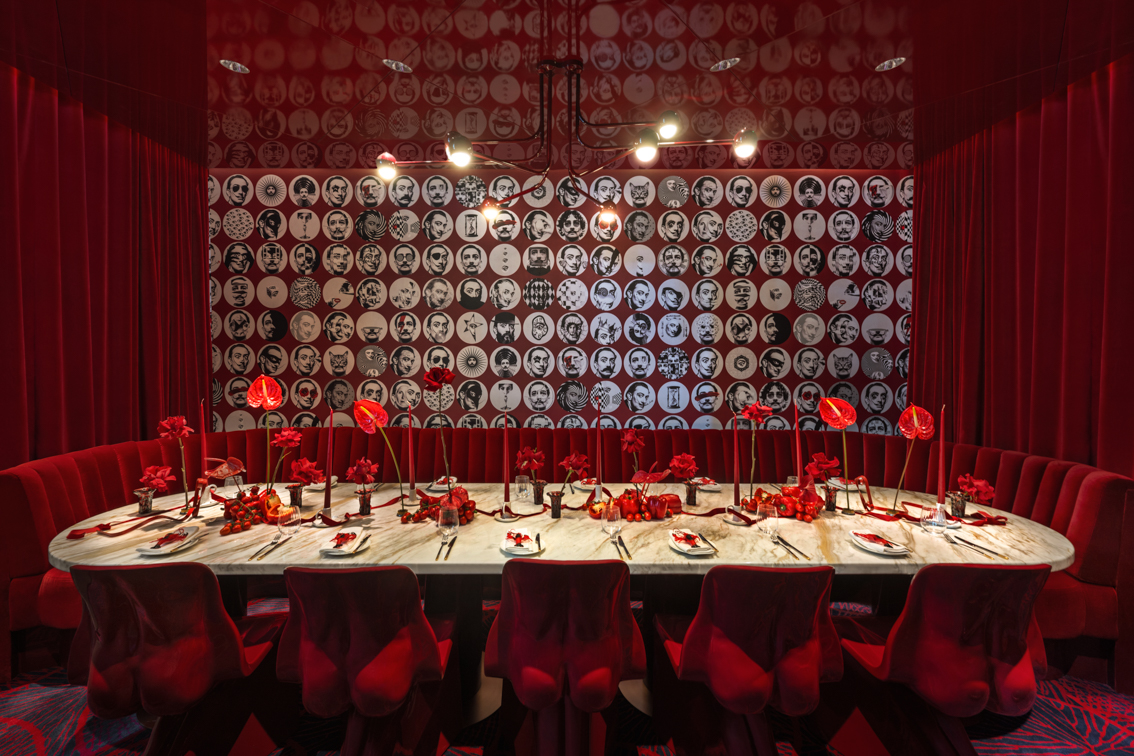
Maison Dali by Y Design Interior
Tolù Adẹ̀kọ́, founder of London-based studio Adẹ̀kọ́ and Co., shares that a well-designed small space is successful when every square metre adds value and function. “In our Mottingham Village project, we cleverly transformed a corner of unused space into a compact pantry and wine rack. It’s a simple yet effective way to elevate the kitchen’s everyday use, making small changes that have a big impact,” he shares.
The Power of Storytelling
“We approach design as a narrative exercise curating spatial experiences that encourage connection and engagement through considered materiality, spatial flow, and architectural elements,” shares Zeinab Hashim, co-founder of Dubai-based multidisciplinary Nōn Design Studio. “These elements create opportunities for personal interaction, enabling users to form emotional connections with the space that turn into a meaningful experience regardless of size,” she says, adding that storytelling forms a central approach in most practices: “Storytelling is central to our approach in designing smaller spaces. You’re constantly engaging with the space, whether it’s the texture of the walls, the pattern on the floor or the materials above. We love working with local artisans and craftsmen, as their unique, handcrafted pieces allow us to weave personal narratives into the design.”
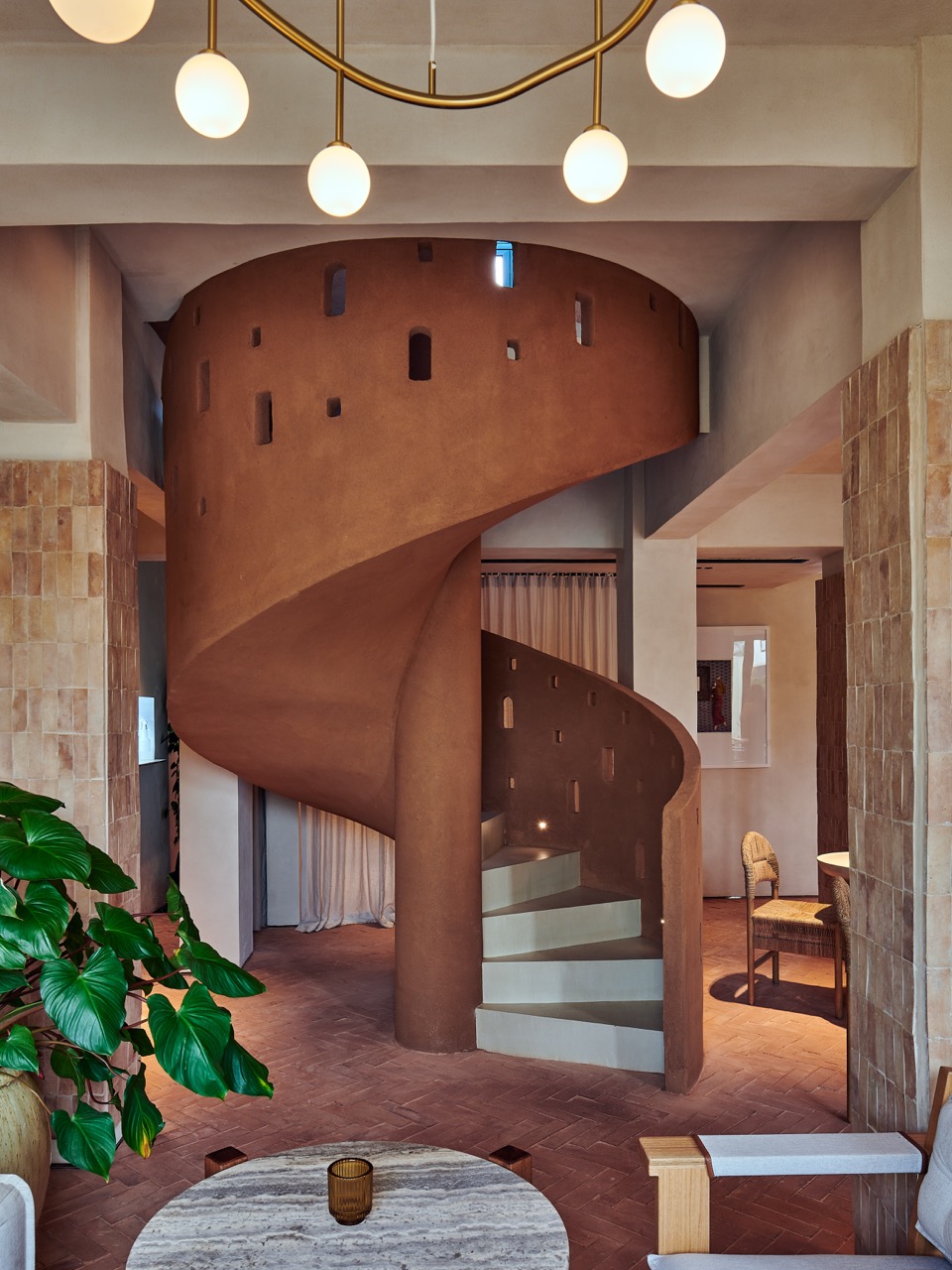
Villa 515 by Non Design Studio
Functionality First
Across the board, designers have shared a toolkit of strategies for transforming small spaces into adaptable sanctuaries that include zoning without walls by using furniture, lighting or ceiling details to define spaces while preserving openness: an emphasis on drawing the eye upward adds volume and form, from full-height bookshelves to curtains, material consistency, integrated storage and dual-use design.
There’s also a growing interest in editing, rather than adding. As Adẹ̀kọ́ puts it, “But for me, the most exciting innovation is simplicity. If a space can transform quietly, adapt seamlessly without feeling cluttered, that’s real design brilliance.” Sometimes the most powerful design move is knowing what to leave out.
Material matters
Creating richness in a small space hinges on tactility and tone. Farahmandy recommends natural stone, silk plaster and burnished metals, while Adẹ̀kọ́ favours a mix of soft matte textures and timber detailing. For Nōn Design Studio, the emphasis is on materials with “inherent character,” from clay tiles and natural timbers to handcrafted textiles that offer both visual depth and sensory appeal. This approach not only adds authenticity but redefines luxury as something intimate and enduring.
“In our work, we prioritise natural finishes for their authenticity and sensory quality. Contextually responsive materials such as clay tiles, marble, woven textiles and natural timbers introduce a refined imperfection and quiet beauty that reflects a more understated and enduring interpretation of luxury,” states Hashim.

Mottingham village apartment designed by Adẹ̀kọ́, photography by Darren Chung
The Role of Technology
While technology continues to influence interiors, the most exciting innovations for small spaces tend to be the quiet ones. Farahmandy suggests invisible tech such as integrated lighting, audio and shading systems that help create a seamless ambiance. She also shares that compact smart appliances and modular furniture are also helping redefine what’s possible in limited footprints.
Meanwhile, Saif Lassas, Co-Founder of Nōn Design Studio, shares, “The more minimal and integrated the technology, the more expansive a space tends to feel. For example, in this particular project the incorporation of a car lift in lieu of a traditional vehicle ramp enabled us to significantly reduce the spatial footprint allocated to circulation. This not only optimised the site’s buildable area but also allowed for a more efficient and intentional allocation of programmatic elements.” With thoughtful design, emotional connection and inventive use of material and light, compact interiors are becoming the most expressive canvases for contemporary living. The best-designed small spaces don’t obsess over what’s missing; rather, they celebrate what’s possible.
The Latest
The Edge of Calm
This home in Dubai Hills Estate balances sculptural minimalism with everyday ease
In conversation with Karine Obegi and Mauro Nastri
We caught up with Karine Obegi, CEO of OBEGI Home and Mauro Nastri, Global Export Manager of Italian brand Porada, at their collaborative stand in Downtown Design.
An interview with Huda Lighting at Downtown Design
During Downtown Design, we interviewed the team at Huda Lighting in addition to designers Tom Dixon and Lee Broom.
Downtown Design Returns to Riyadh in 2026
The fair will run its second edition at JAX District
Design Dialogues with KOHLER
We discussed the concept of 'Sustainable Futures' with Inge Moore of Muza Lab and Rakan Jandali at KCA International.
Design Dialogues with Ideal Standard x Villeroy & Boch
During Dubai Design Week 2025, identity held a panel at the Ideal Standard x Villeroy & Boch showroom in City Walk, on shaping experiences for hospitality.
A Touch of Luxury
Here’s how you can bring both sophistication and style to every room
Outdoor Living, Redefined
Messara Living and Vincent Sheppard Unveil “Outdoor at Its Best 2026”
NOMAD Opens Its Doors in Abu Dhabi’s Iconic Terminal 1
A modernist landmark is reimagined as a global stage for collectible design, contemporary art, and cultural dialogue.
In photos: Winners at the identity Design Awards 2025
Presenting the winners of 2025 identity Design Awards.
Identity Design Awards 2025 – Winner’s List
Here are the winners of the identity design awards 2025
Hogg’s Hollow
Set along the bend of a quiet river and sheltered within a mature, tree-lined enclave of Toronto, this riverside residence offers a dialogue between structure and softness, restraint and warmth



